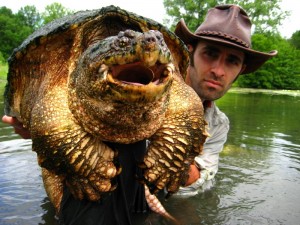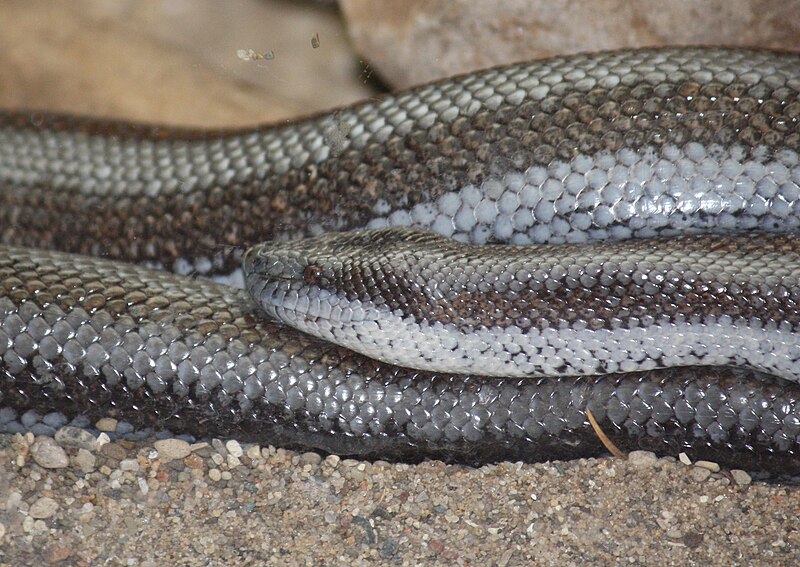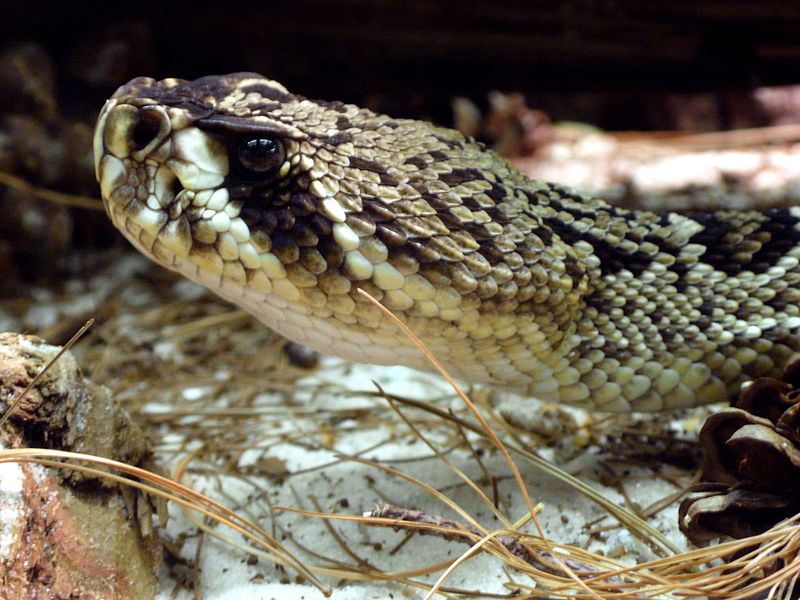 The incredible diversity of life in tidal creeks and rivers has attracted me since childhood. And while invertebrates and fishes predominate, areas where fresh and salt water meet hold wonderful surprises for reptile enthusiasts as well. Today I’d like to discuss a turtle that I often find in brackish water habitats, and which seems to be evolving unique adaptations to survive there – the Snapping Turtle, Chelydra serpentina.
The incredible diversity of life in tidal creeks and rivers has attracted me since childhood. And while invertebrates and fishes predominate, areas where fresh and salt water meet hold wonderful surprises for reptile enthusiasts as well. Today I’d like to discuss a turtle that I often find in brackish water habitats, and which seems to be evolving unique adaptations to survive there – the Snapping Turtle, Chelydra serpentina.
A Turtle Banquet
The Long Island (NY) tidal creeks (please see photo) that I frequent seem “paved” with crabs, marine worms, snails, bottom fishes, mussels, clams, shrimp and other foods that could be easily exploited by turtles. In fact, research indicates that at least one marine turtle, the Kemp’s Ridley, actively migrates to the LI Sound, gaining up to a pound per week during the time it remains there. The Snapping Turtles I’ve seen in such habitats have been quite large, and I can’t help but think that abundance of high quality, easily-caught food must play a role in their presence.
I’ve even been fortunate enough to come upon a family of River Otters in one tidal creek, a species long gone from LI but now making a comeback. I’ve worked with captive otters, and can attest that if they are present, there’s lots of food about – their appetites are unbelievable! Read More »
 That Reptile Blog – Reptile, Amphibian and Exotic Pet Care and Information
That Reptile Blog – Reptile, Amphibian and Exotic Pet Care and Information



